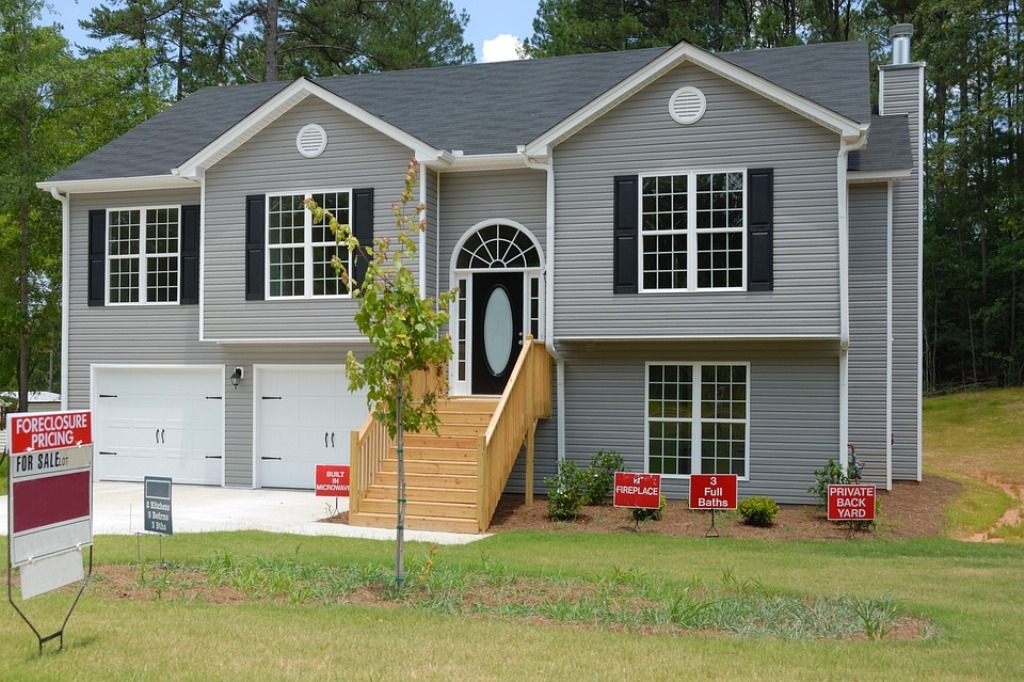
Buying a home is a significant step forward in everyone’s life. For many, making this dream come true involves a mortgage, a ton of paperwork, insurance, and maintenance costs.
Being a house owner is expensive — with or without a mortgage to pay. Experts advise us to save one percent of the house’s yearly maintenance costs. So, if you’ve spent $200,000 for a new home, set aside $2,000 yearly to keep your property in good shape.
Some years, you may not spend all this money. While other expenses can go way beyond $2,000. So, save the amount annually and keep it in an emergency account. Because you never know when some hidden maintenance expenses show up.
Here are five unexpected home maintenance costs that can burn up your budget, and how to handle them.
Pest Infestation
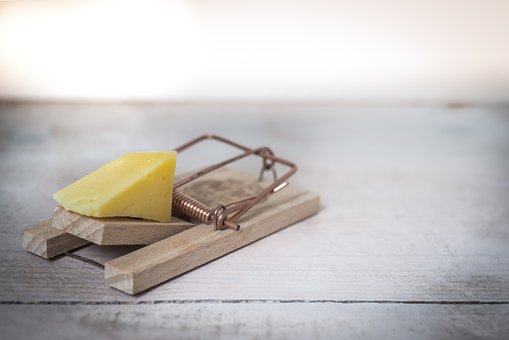
According to The National Pest Management Association, 1 in 5 Americans has had a bedbug infestation in their own homes or knows someone who had to handle this issue.
Furthermore, termites cause more than $5 million in property damage every year.
Pest infestation is dangerous, puts your family’s health at risk, and can destroy your home. No wonder that all tips to help you sell a house in Los Angeles, and surrounding areas include having proof that the property has no pest problems.
An insect control service costs between $50 and $500 — the national average is $172. However, the costs of pest control services can reach thousands of dollars, depending on where the problem is located, whether the infestation occurs in a limited area or the entire house, and how many times the professional team has to return to clear the infestation.
Most of the time, you can prevent infestation by doing simple things:
- Fix any leaking appliances or pipes;
- Don’t grow trees or bushes too close to the building;
- Declutter your home and your yard;
- Store your food in airtight containers to keep away ants;
- Vacuum and clean your floors on a regular basis;
- Keep your trash can closed and clean;
- Inspect the walls and foundation for cracks and holes – if you find any, seal them as soon as possible.
Lawn Care
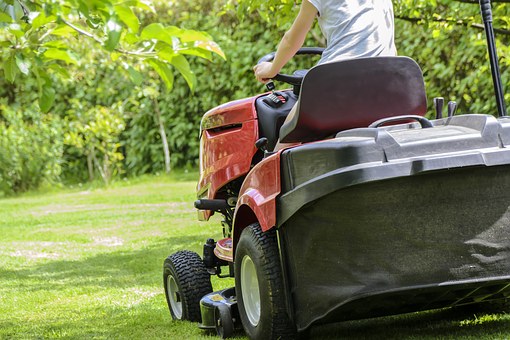
A beautiful lawn doesn’t come free. Whether you decide to take care of it yourself or hire a professional, you should expect to have lawn expenses in your budget regularly.
To minimize costs, you need to curate the lawn all year round. From cutting grass to watering and fertilising, something must always be done. You must also do soil aeration and weed control to keep your lawn healthy, beautiful, and pest-free.
You have to lend or buy special tools to perform various operations each season, which add up more expenses.
Hiring a professional start from $100-200 a month, depending on your location, lawn size, and the types of plants you’re growing.
Removing Mould
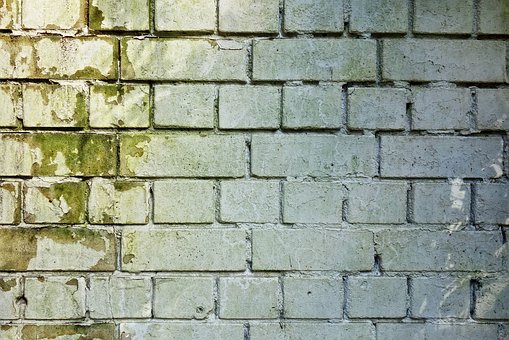
Mould grows in moist environments, where they find organic materials to feed themselves. Such areas are window frames, drywall, insulation, or even flooring.
Mould can damage your home and put your health at risk. The Institute of Medicine found evidence that exposing yourself to mould indoors can cause a series of respiratory issues, such as shortness of breath, cough, and, in some cases, asthma.
Depending on the size of the contaminated area, mould removal can cost thousands of dollars. However, if you clean it right from the start, you can solve the problem for less than $500.
To avoid mould, you should control the moisture levels inside your home — it shouldn’t be higher than 50 per cent all day long. If you see small spots that look like mould on hard surfaces, you can clean them with a bleach solution (1 cup of laundry bleach in 1 gallon of water).
Replacing or repairing the roof
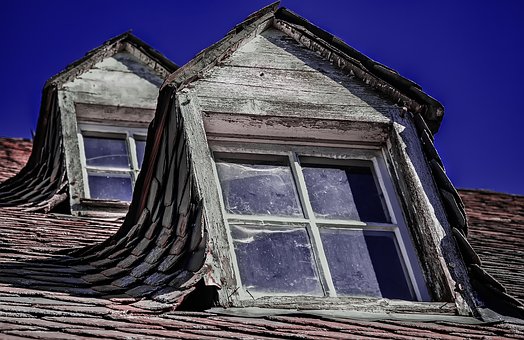
The roof is vital to keeping your home at its best, so you must ensure it is always in excellent condition. This will prevent damage to your home.
As a guideline, a roof should last 20 to 50 years, depending on the materials used to build it, the weather, and the quality of the installation. To ensure this, you should inspect the roof twice a year—in spring and autumn. Check the attic ceiling for water stains or other signs of leaks. Look for missing or broken shingles and tiles, as well.
The average expense of roof fixing is $650. Minor fixing costs between $150 and $400, while significant repairs can cost you up to $3,000. If you’re supposed to spend more to fix the issue, it’s better to consider replacing the entire roof.
Plumbing
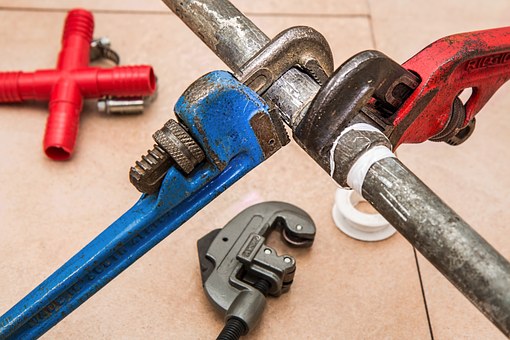
Water damage is the second most filed insurance claim in the US. The sad part is that 93 per cent of these incidents can be prevented.
Most issues start with an easy-to-fix leak. Since plumbers charge between $45 and $150 per hour, at this early stage, you won’t spend too much for this small job. Plus, fixing the leak can help you save on your water bill.
Conversely, water damage can generate high expenses due to property losses. So, take the time to check your faucets, sinks, bathtubs, and toilet for any leak that can cause home damages.
Keep Your House in Good Condition!
Your home is one of the most substantial investments you’ve made. By taking care of it, you protect your family and your money. Most of these maintenance costs are easy to prevent.
Taking good care of your house means small costs regularly. Postponing these things can put your home at risk. Plus, they can generate huge expenses. If you do have an unexpected cost, maybe it’s a good idea to take out a small loan to help with the initial cost. Keep your house and lawn clean, have your walls, foundation and roof inspected by professionals once or twice a year, and pay attention to all small details that can become major issues.
This way, you’ll keep your house and savings account in excellent condition!




 POSTED BY
POSTED BY 

